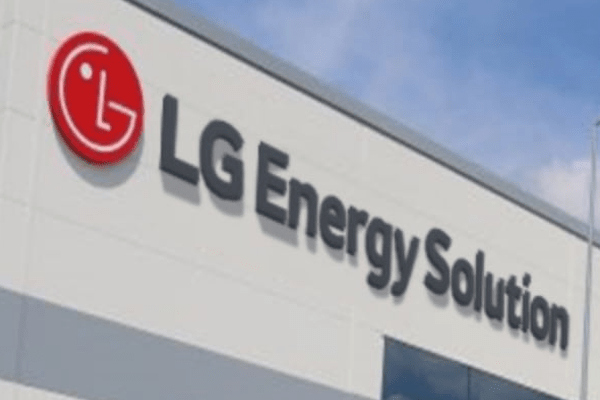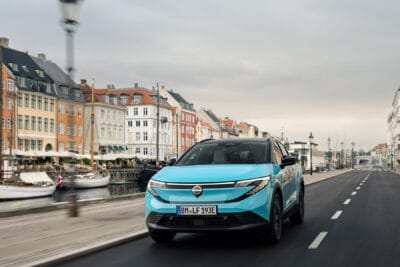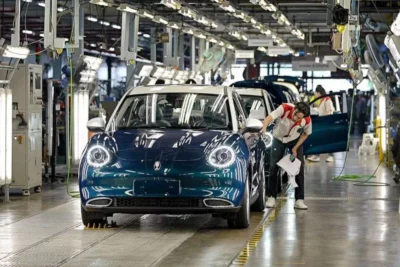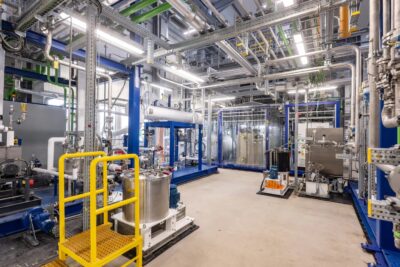LGES to establish factory for LFP batteries for Europe
As Reuters reports, citing a senior executive, LG Energy Solution is in talks with three unnamed Chinese suppliers of LFP cathode materials. LGES wants to use the LFP cathodes to produce low-cost battery cells for Europe. However, the company has not yet specified what exactly these partnerships could look like.
“We are having talks with Chinese firms who will develop LFP cathode with us and produce them for Europe,” Wonjoon Suh, head of the advanced automotive battery department at LGES, told Reuters – but he did not name the potential suppliers. “We are considering various measures, including the establishment of joint ventures We are considering various measures, including setting up joint ventures and signing long-term supply deals.”
In order to reduce the costs of their electric cars, European car manufacturers are now increasingly demanding cheaper LFP cells – which is why cell manufacturers are now adapting. According to Suh, LGES is currently investigating three locations to build the LFP cathodes with its Chinese partners. These are said to be Morocco, Finland and Indonesia.
The declared aim is for LGES to reduce its manufacturing costs for LFP batteries within three years to a level “matching its Chinese rivals in three years,” as Reuters puts it. In the past, South Korean cell manufacturers and their suppliers have focused heavily on nickel-containing cell chemistries such as NMC (nickel, manganese and cobalt) or NCA (nickel, cobalt and aluminium oxide). The field of cheaper LFP batteries (lithium iron phosphate), on the other hand, has been taken over by Chinese companies – and the supposed disadvantage of LFP batteries, their lower energy density, has gradually been reduced.
According to SNE Research, the world’s largest producers of LFP cathodes are Hunan Yuneng New Energy Battery Material, Shenzhen Dynanonic and Hubei Wanrun New Energy Technology – all from China. The Chinese battery giant CATL also makes a good portion of its turnover with LFP cells – one customer is Daimler Truck, for example. And BYD relies exclusively on LFP batteries developed in-house.
In Europe – as in South Korea – the focus has long been on cell chemistries with the highest possible energy density. Stellantis therefore uses LFP cells from the Chinese supplier Svolt in its small electric cars. The joint venture ACC (Stellantis, Mercedes-Benz, TotalEnergies) has paused the construction projects for the cell factories in Kaiserslautern and Termoli in order to re-evaluate the planned cell technology – possibly in favour of LFP cells. Renault also opened up to LFP cells at the beginning of July, which had previously been ruled out. In addition to CATL, LGES is also said to be one of the French company’s LFP suppliers – the first Renaults with LFP batteries are expected to be launched in early 2026.





0 Comments